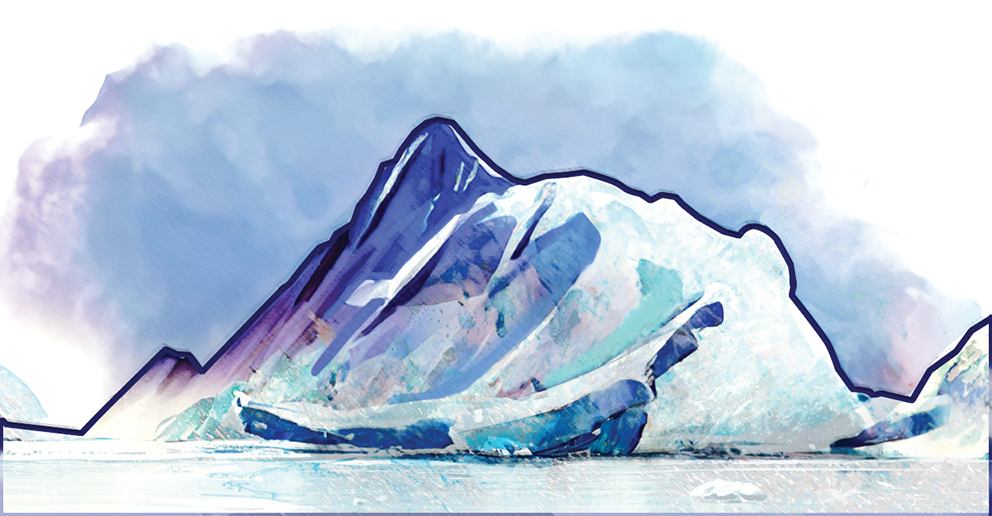Climate change triggers record-breaking mega-tsunami in Greenland, study reveals
Scientists believe landslide tsunamis will occur more often, especially in the world’s polar and mountainous areas.
A 2024 study published in Science revealed that standing waves in Greenland’s Dickson Fjord caused a rockslide, leading to a 650-foot high mega-tsunami last year. One of the highest ever recorded, the mega-tsunami lasted nine days last September.
During the tsunami, seismometers detected odd single-frequency vibrations through the ground, which carried a monotonous hum, unlike the sounds of typical earthquakes. Its long duration baffled geologists and was “completely unprecedented,” according to Stephen Hicks, a seismologist at University College London and one of the study’s authors.
After being tracked to Greenland and pinpointed to the Dickson Fjord with the help of Danish seismologists, an international team of 68 scientists and the Danish Navy collaborated, using satellite imagery, on-the-ground evidence, and seismic data, to understand how and why the vibrations occurred.
Their findings revealed that the melting of a glacier at the base of a nearly 4,000-foot-tall mountain destabilized the mountainside and caused the landslide. The event saw 25 million cubic metres of rock and ice poured into the fjord, causing the largest recorded tsunami since 1980.
The resultant waves became trapped in the fjord and ricocheted off its sides every 90 seconds. Within a few minutes, the waves reduced in height to seven metres and then a few centimetres in the following days.
This type of tsunami is classified as a seiche, which is when water oscillates rhythmically in an enclosed space. Unlike past seiches, this event defied geological theory and shocked researchers with its unprecedented duration. According to Kristian Svennevig, another author of the study, “Had I suggested a year ago that a seiche could persist for nine days, people would shake their heads and say that’s impossible.”
Dr. Hicks echoed that sentiment, stating, “We’ve never seen such a large-scale movement of water over such a long period.”
While no injuries or fatalities were reported, the tsunami washed away a cultural heritage site and an empty military base. However, the fjord is a common route for cruise ships, with one vessel being freed after being stranded in mud near the fjord two days before the landslide.
Researchers also discovered evidence of at least four previous smaller landslides and one which occurred after the mega-tsunami in the Dickson Fjord.
While a tsunami of this scale and nature is unprecedented, the root cause of the landslide is linked to the consequences of climate change. The melting of the glacier which held up the mountain’s rock and ice was the result of a warming climate, which “is increasingly predisposing polar regions to large landslides,” according to the study.
Despite being the first recorded landslide tsunami to occur in east Greenland, scientists predict it won’t be the last, as the glaciers and permafrost residing on steep mountain slopes continue to melt in the Arctic region. These events can be expected to occur more often and on a larger scale across polar and mountainous regions in the world.
“Even more profoundly, for the first time, we can quite clearly see this event, triggered by climate change,” stated Anne Mangeney, a landslide modeller at the Institut de Physique du Globe de Paris in France. “Those vibrations travelled from Greenland to Antarctica in less than an hour. So we’ve seen an impact from climate change impacting the entire world within just an hour.”

